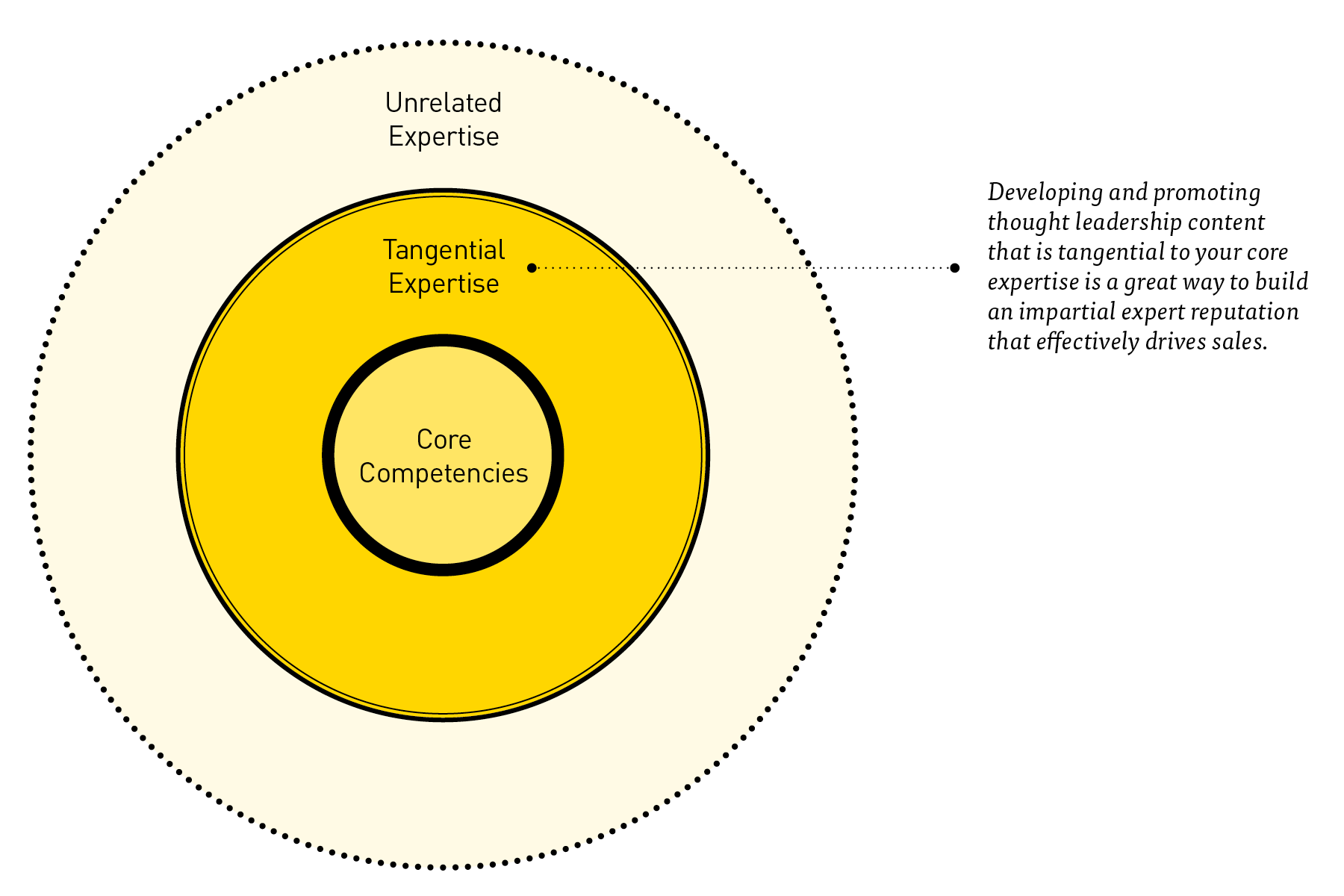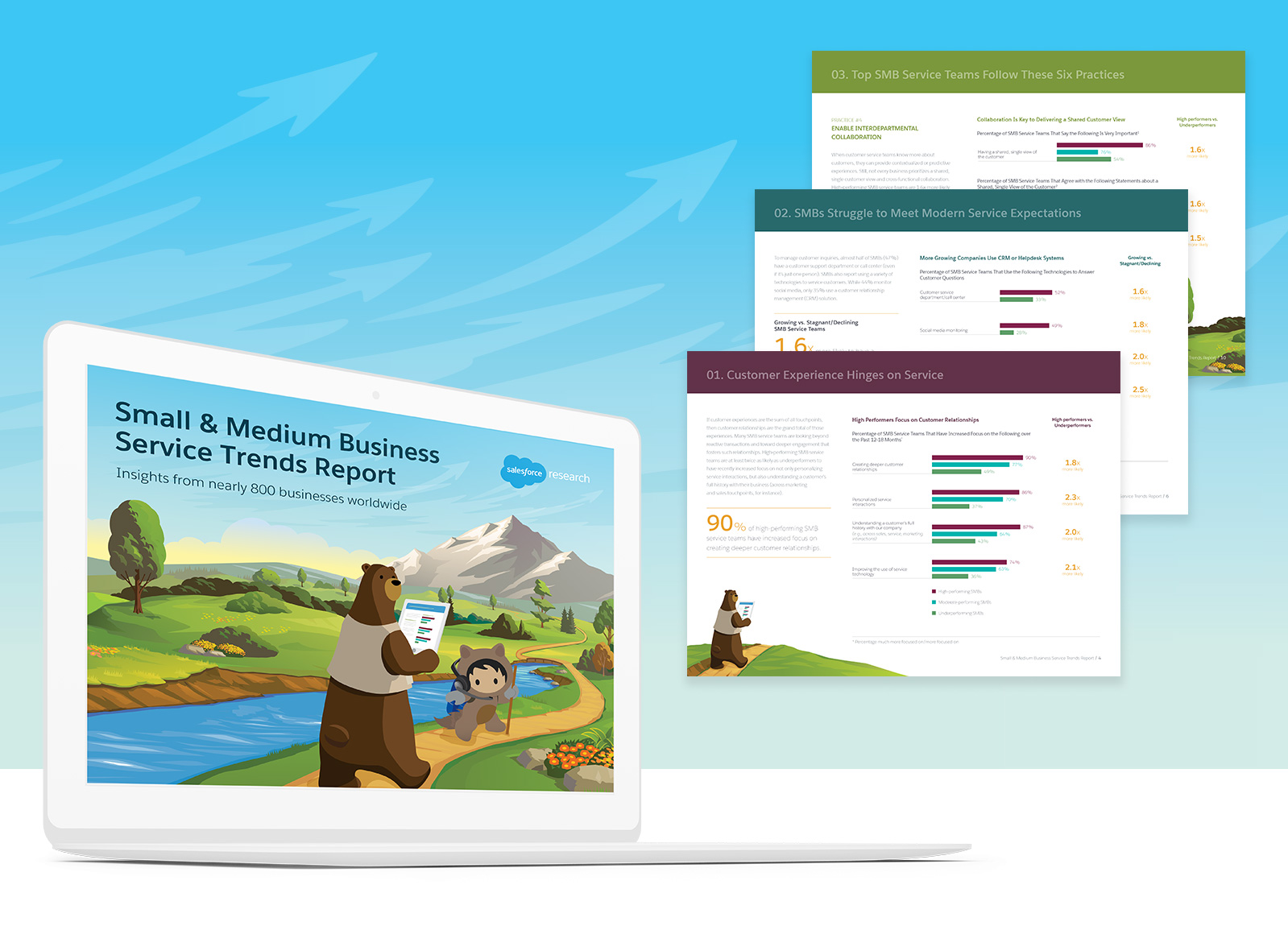3 Keys to Thought Leadership Content Marketing
Even though content marketing has been with us for more than a century, firms are having a hard time capitalizing on the new opportunities the internet has provided.
Even though content marketing has been with us for more than a century, firms are having a hard time capitalizing on the new opportunities the internet has provided.
Supporting B2B technology content marketing is one of our core areas of expertise, so we have powered a great deal of thought leadership marketing over the last five years or so. But thought leadership marketing started a long, long time ago.
Formally, the idea can be traced back more than a century to Frederick Winslow Taylor’s 1911 book “The Principles of Scientific Management,” through which Taylor won fame as a purveyor of groundbreaking ideas on production efficiencies. Informally, one could argue the idea goes back much further – to the first Neanderthal to scrawl something on a cave wall. “Check out the big brain on Grog!”
The point is, thought leadership marketing has been around a while. But it’s getting a lot more attention these days, (according to Google search trends data). Why? The interwebs, obviously. Thanks to the massive proliferation of marketing channels provided by the internet, the impact of a book deal and a speaking tour can now be delivered with a fraction of the time and effort it once required – a comically small fraction.
All that said, if you’re a fast-growing company, you don’t need to be told how powerful thought leadership marketing is. But you might need some help doing it right. After all, a survey performed by The Bloom Group, working with the Association of Management Consulting Firms (AMCF), Rattleback and Research Now, confirmed 93% of respondents said high-quality thought leadership content improves their opinion of a B2B company, but 94% said poor content lowers their opinion of the company.
“93% of respondents said high-quality thought leadership content improves their opinion of a B2B company.”
Which is why in this article, we’ll be talking about three key ingredients of thought leadership marketing, done right.
The operative term in “Thought Leadership Marketing” is not marketing. The point is not to prattle on about your product or service – the point is to talk about the pain points experienced by your customers and the strategies they might employ to address them. So tackling a problem that requires solutions beyond your own, is a good idea. It allows you to recommend the products and services of other companies, which builds credibility. It shows you’re not just here to sell, you’re here to help.
As Thought Leadership expert, Danielle Sabrina puts it: “Thought leadership marketing is not just about selling your product or service. It’s also not about telling the world your company is the best. It’s about being a resource.”
“Thought leadership marketing is not just about selling your product or service…It’s about being a resource.”
Granted, you also want to make sure you’re cultivating an area of expertise that doesn’t fall too far from your offering. After all, for your efforts to serve you, they need to spark a conversation about your offering at some point.

If you’re spending time, money and energy producing valuable resources that aren’t working together to generate an instantly recognizable brand, you’re wasting that time, money and energy. Remember, you don’t have to be shamelessly hawking your wares to keep your brand front and center.
Thought leadership content has been a big part of fueling Salesforce’s record breaking growth, and it’s no coincidence that every eBook, white paper, webinar or other vehicle the company sends into the world is designed by people who know the brand inside and out – ensuring the enduring brand continuity needed for their efforts to achieve their full potential.
On that same note: if your brand doesn’t have a professional polish to it, it’s going to be working against the credibility you’re trying to build with your thinking. (This is why Salesforce has made a huge investment in its brand, creating a world of vibrant, engaging characters and environments leveraged in every single piece of marketing.)

You know your content can’t do its job if you don’t drive eyes and ears to it. But you might not be thinking big enough in this regard. Social Triggers Founder, Derek Halpern, uses what he calls the 80/20 rule. He spends 20% of his time creating content and 80% promoting it. Why? Because, as he explains, “If you spend time writing a piece of content, and that content only gets 1,000 readers, chances are there are one million other people in the world who can benefit from what you wrote.” And he’s not alone in going big on promotion. Salesforce supports every piece of content released with 4 blog posts, 4 Facebook posts, 16 Tweets and 2 LinkedIn updates, minimum.
“Salesforce supports every piece of content released with 4 blog posts, 4 Facebook posts, 16 Tweets and 2 LinkedIn updates.”
But every business is different, and Salesforce’s minimum may not apply for you. A good way to establish your cadence is to do some testing with the following three questions in mind:
First, what can your audience tolerate? At what point do your promotions start reaching diminishing returns – do you get the same number of eyeballs with six Tweets as you do with four?
Second, what can you sustain? Six Tweets may be the magic number, but make sure it’s realistic to maintain that pace. This isn’t a one and done exercise – you need success that can be replicated.
Finally, what can you afford? If you’re dipping your toe in the world of sponsored posts and other paid media, make sure you can foot the bill on an ongoing basis. Again, if you can’t maintain the momentum, the long term prospects for your thought leadership marketing won’t be very bright.
So there you have it – three important keys to making your thought leadership content marketing a success. Is there more to the story? Sure – loads. For instance, if you’re looking for guidance on how to build a thought leadership profile that resonates, you should definitely check out the Seth Godin-endorsed, “Thought Leaders,” by Matt Church. Or if you’re looking for more detailed guidance on how to write your content right, check out this column on Entrepreneur.com, by Eli Epstein.
And of course, if you’re looking for some help keeping your thought leadership content and its promotion on-brand, you should give us a call.
We’ve been designing marketing experiences for over 10 years for some of the leading names in technology, retail and biotech. Email us if you’d like to find out more.
Drop us a line.
Contact us120 2nd St. Floor 3,
San Francisco, CA 94105